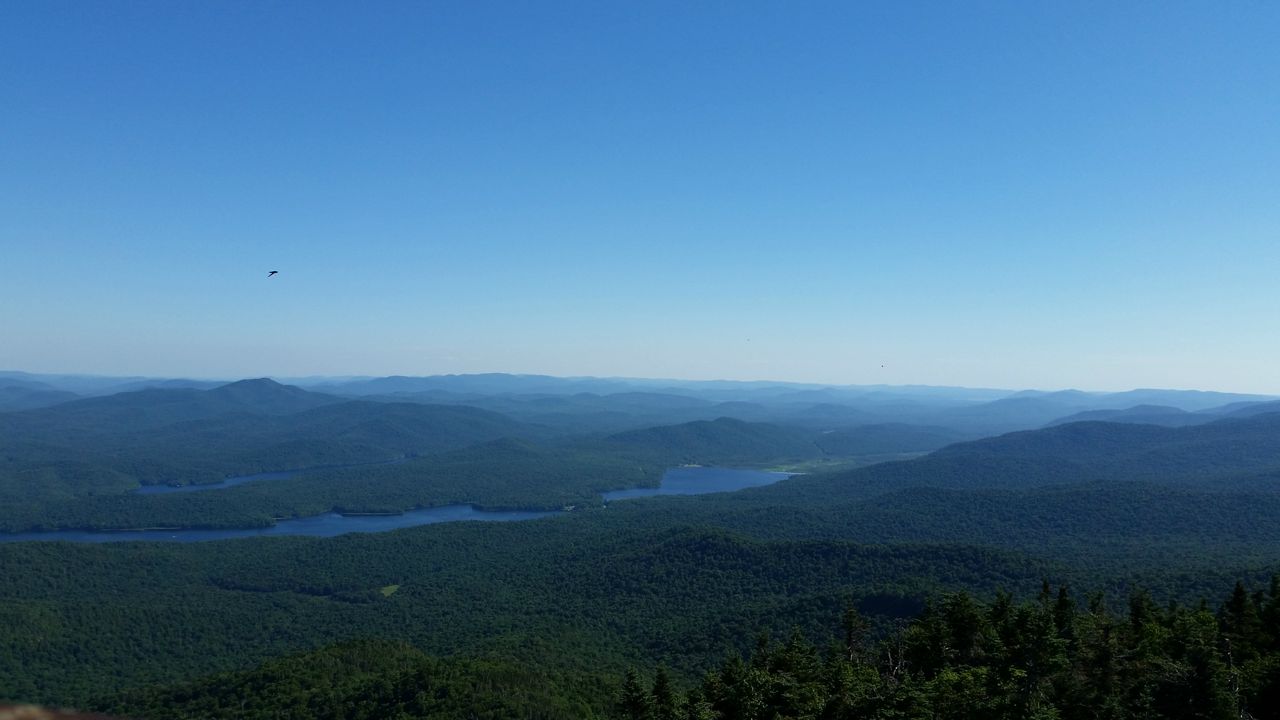Concerns stemming from overuse and overcrowding in the high peaks region of the Adirondack Park has led to creation of a planning group to address the issue and potential solutions by the Department of Environmental Conservation.
State officials on Thursday announced the formation of the panel, which will include representatives from environmental groups, local businesses and local government officials.
“DEC and our partners are working hard to address impacts associated with increased use of the High Peaks because we all recognize the tremendous opportunities that will be created when we ensure this majestic region is sustainably managed for the enjoyment of both current and future generations,” Environmental Conservation Commissioner Seggos said.
“DEC has assembled a team of talented and committed people to work together to provide advice on a strategic approach that will support the Adirondacks’ local economies, protect the environment, and provide safe, quality recreational experiences for visitors.”
Gov. Andrew Cuomo on Wednesday acknowledged overcrowding in the Adirondacks, which was preceded by an aggressive state tourism campaign promoting the area, is a problem the state needs to tackle.
“Parking issues, traffic issues and there’s a real question of what’s the maximum use of the resources without damaging the resources,” Cuomo said, adding there needs to be a balance between tourism and maintaining the resources in the park.
Officials have floated changes that include potentially charging for permits to park or use areas of the high peaks, a popular hiking and sightseeing destination. The state has also sought to encourage people to use less popular trails on especially busy holiday weekends in the spring and summer.
“We applaud the Governor and DEC for recognizing that New York’s successful investment in tourism promotion has led to significant recreational pressure on some areas of the Adirondack Park, threatening natural resources and the wild character of the landscape,” said William C. Janeway, executive director of the Adirondack Council.
“We are eager to work with and support this effort, bringing to the discussion current data and information on the latest techniques and best practices for user management and public education that can sustain our precious and fragile wilderness areas for generations to come.”



